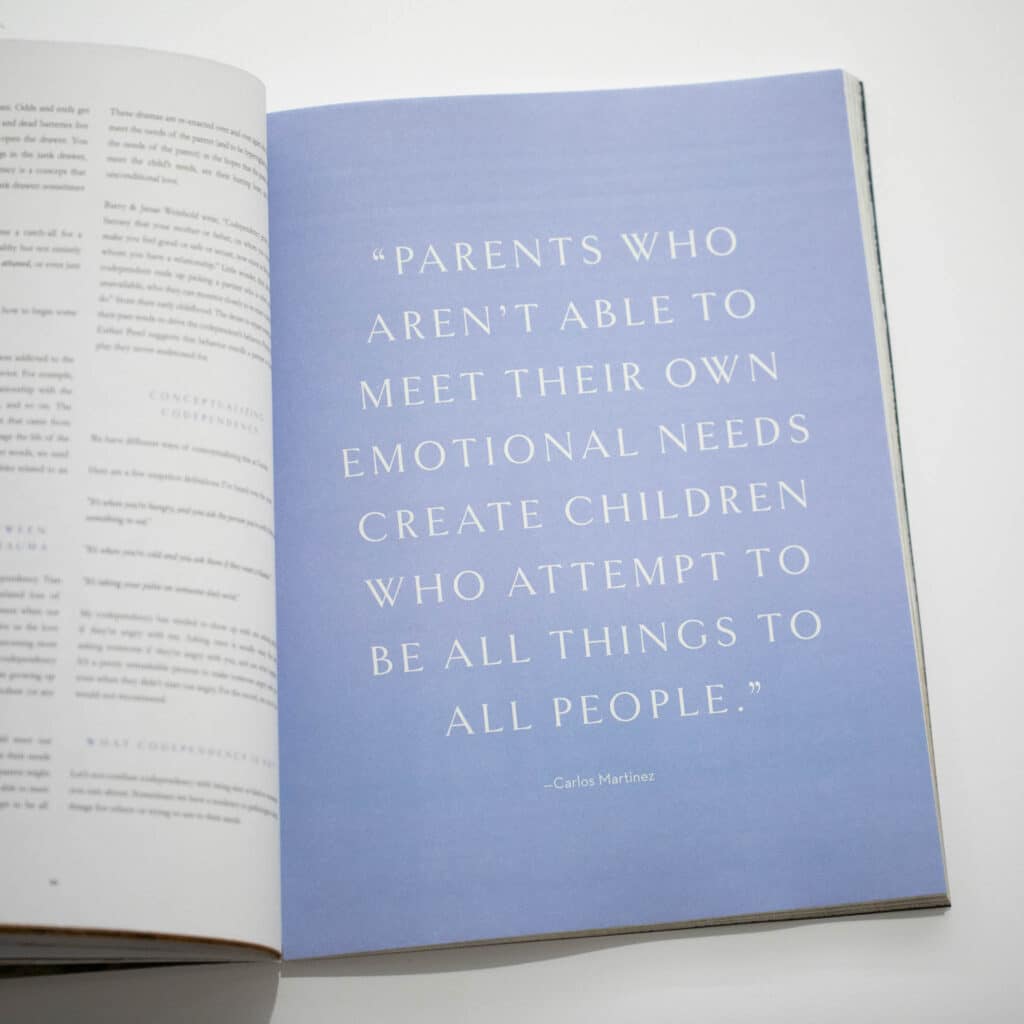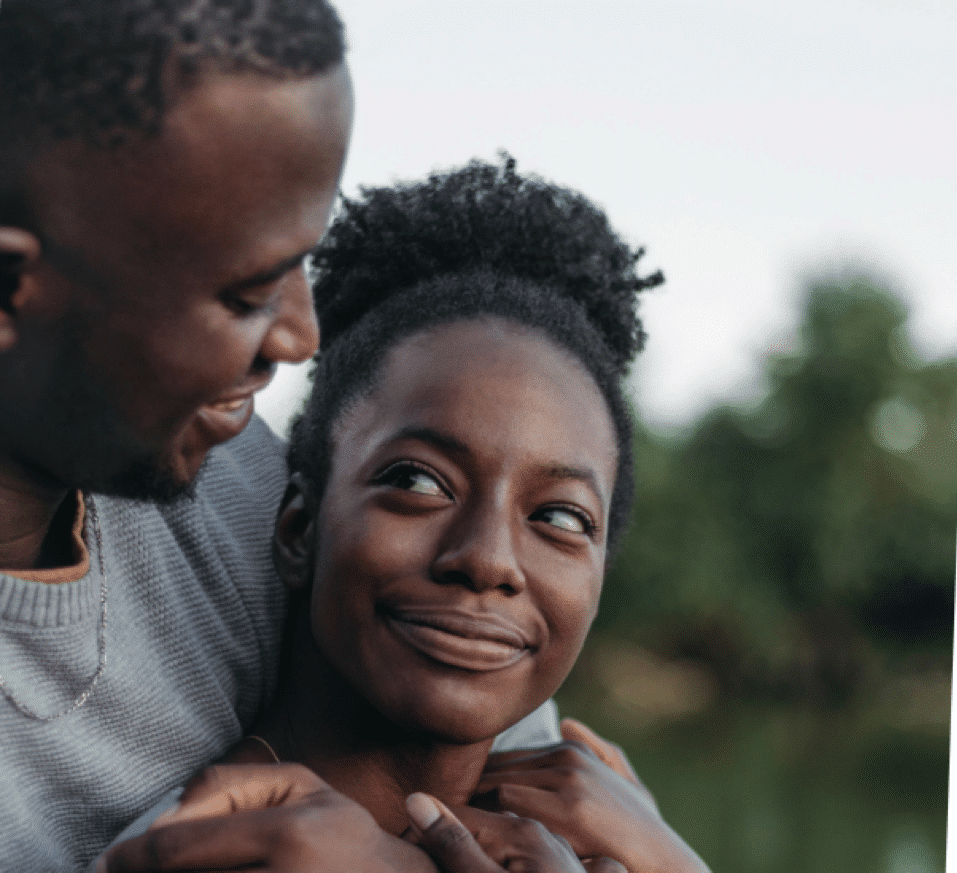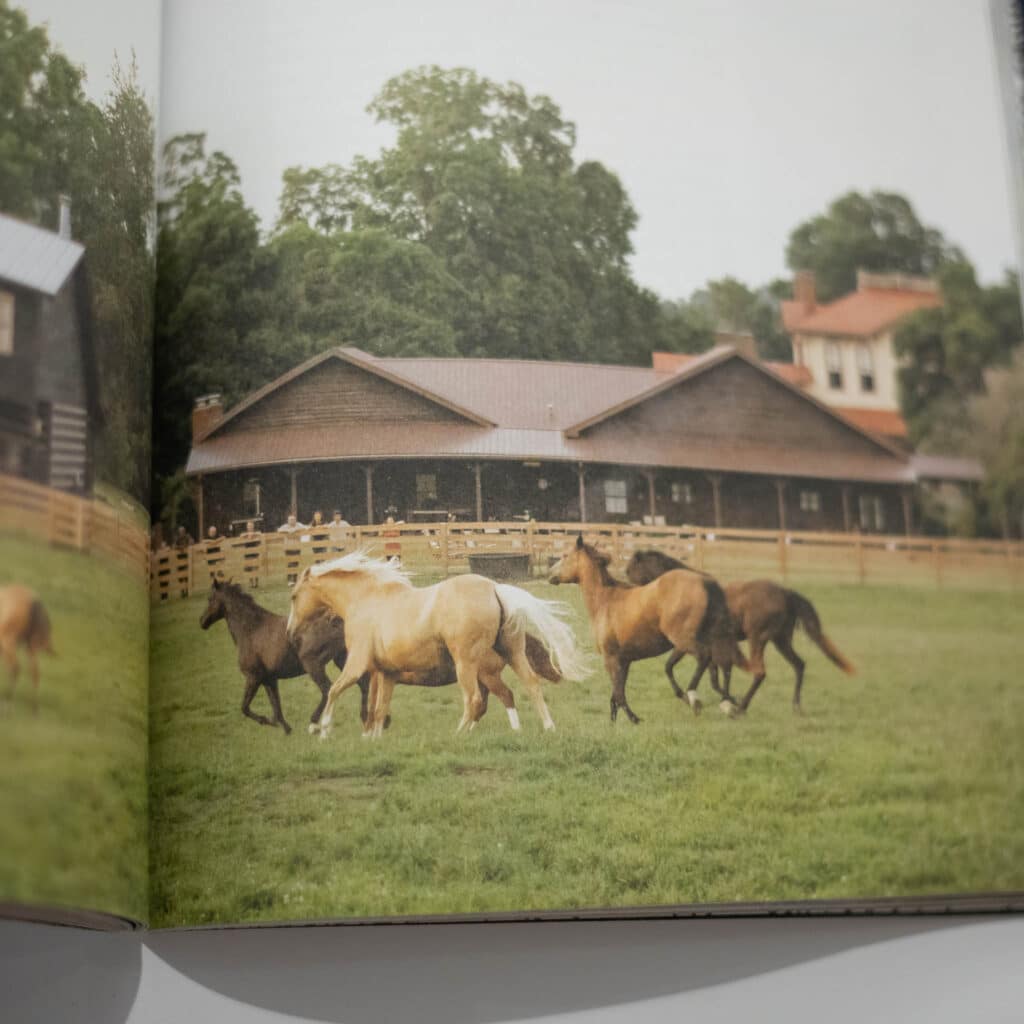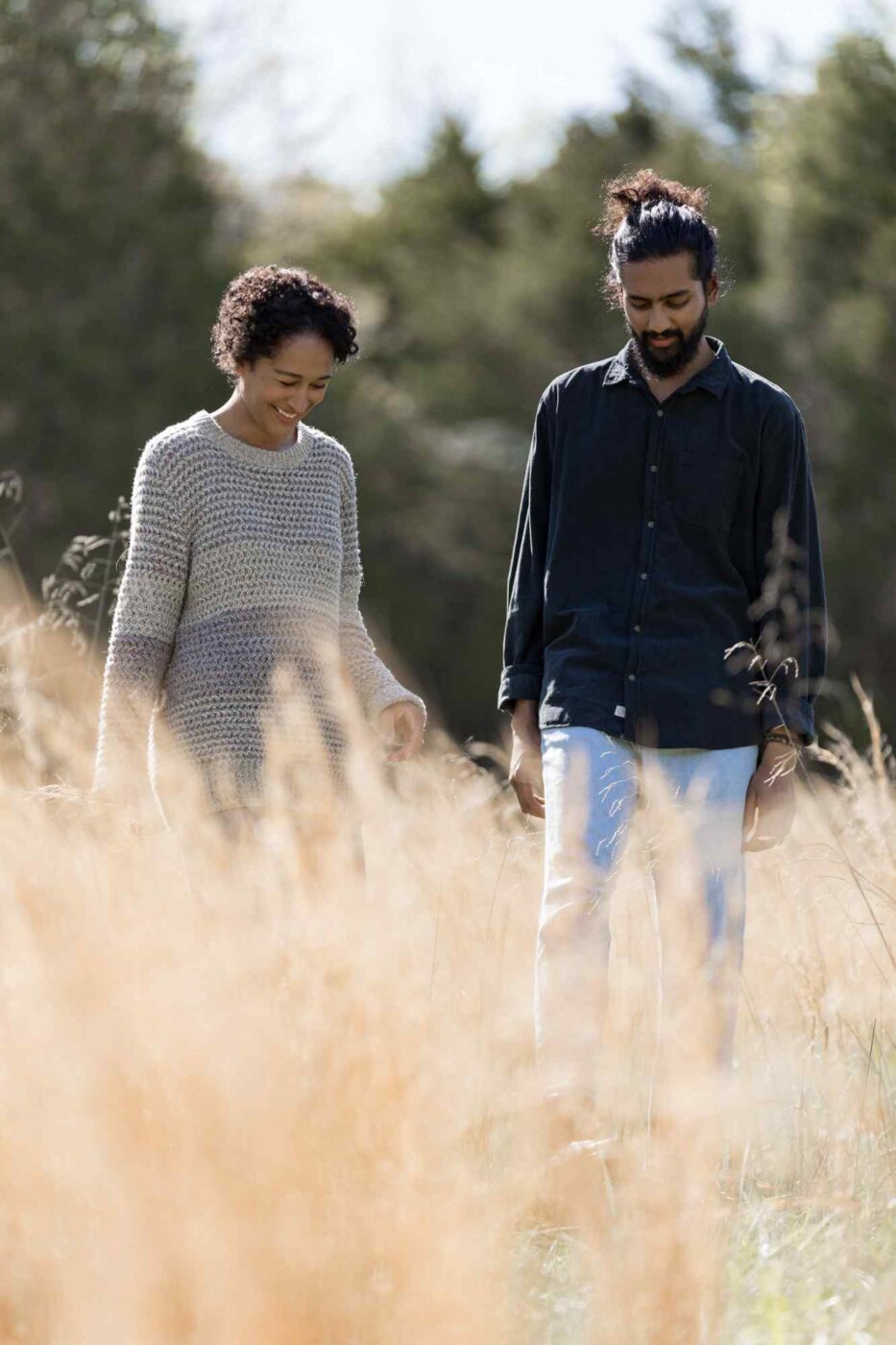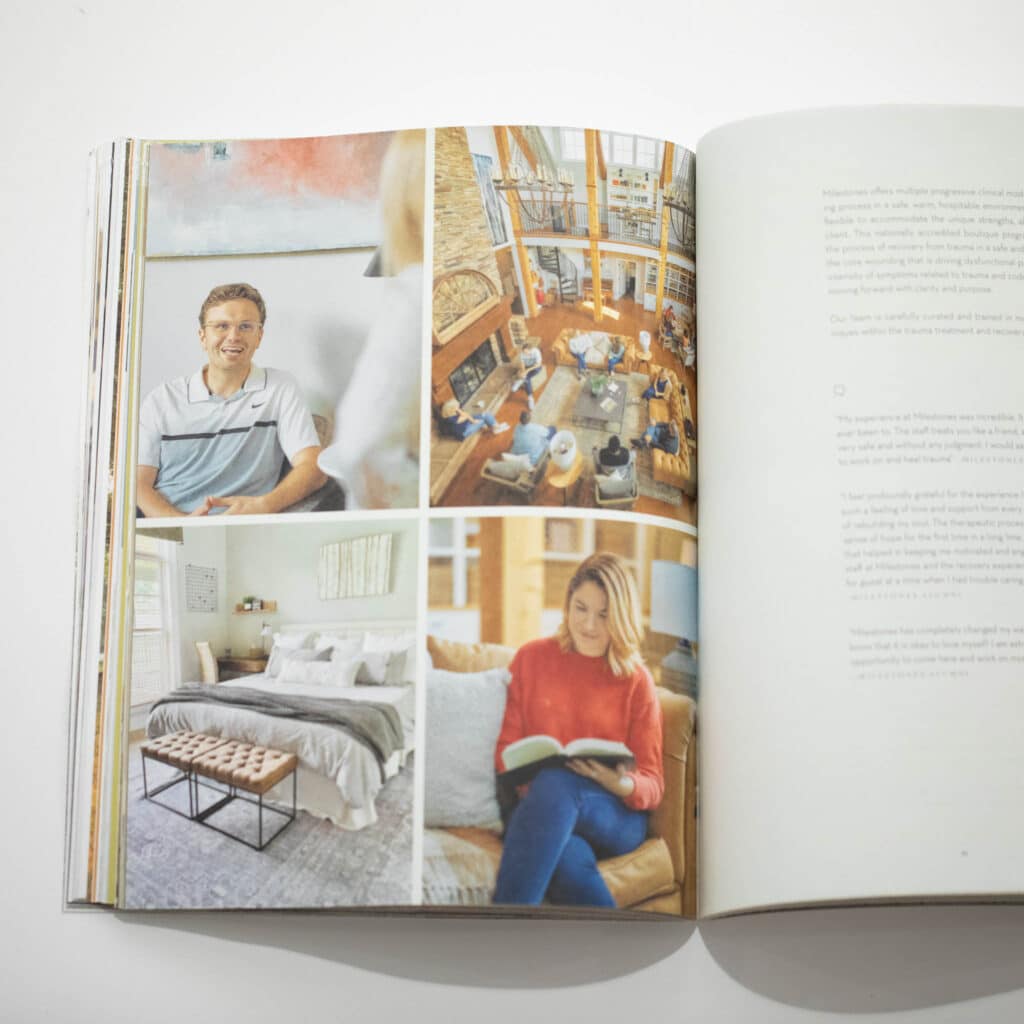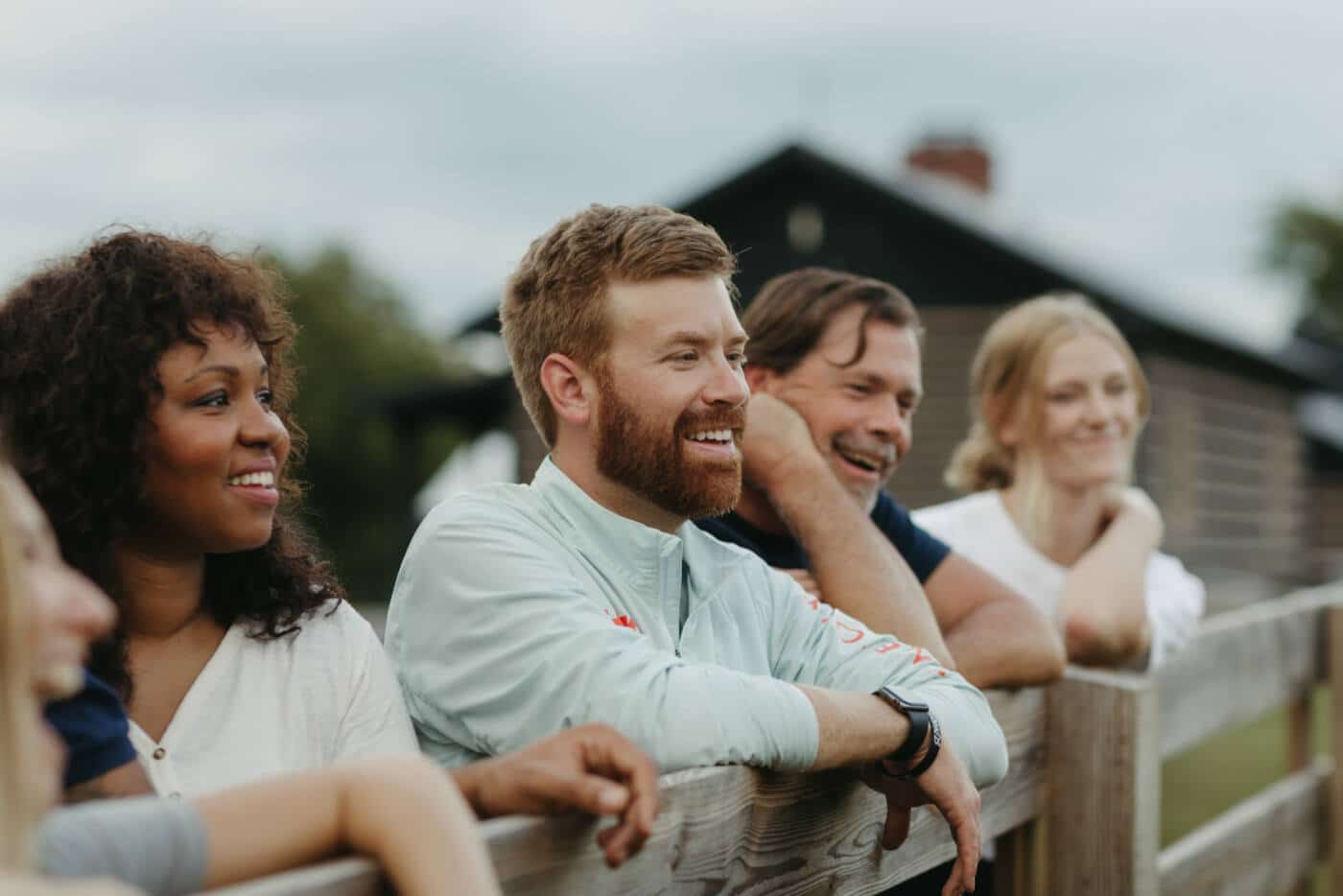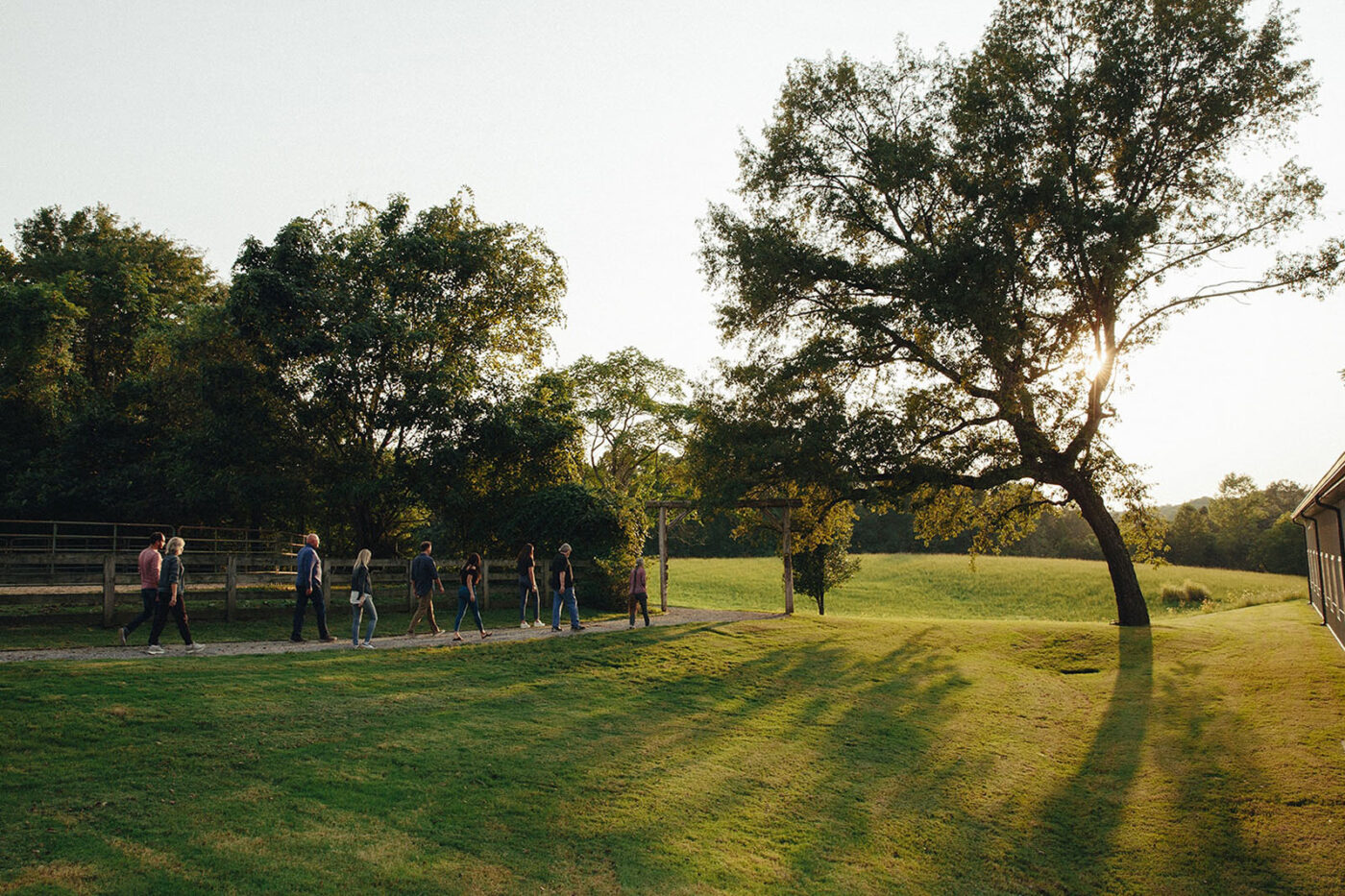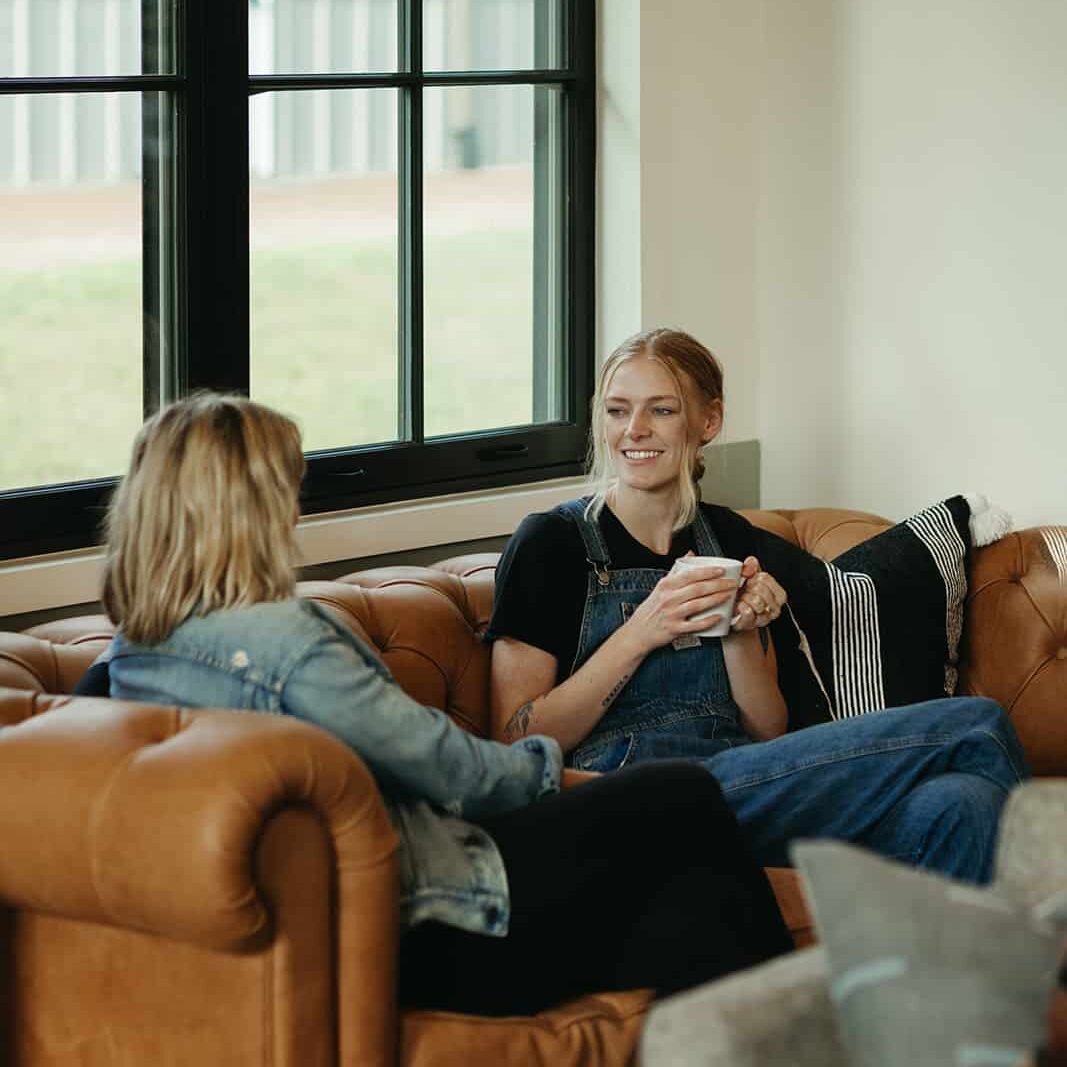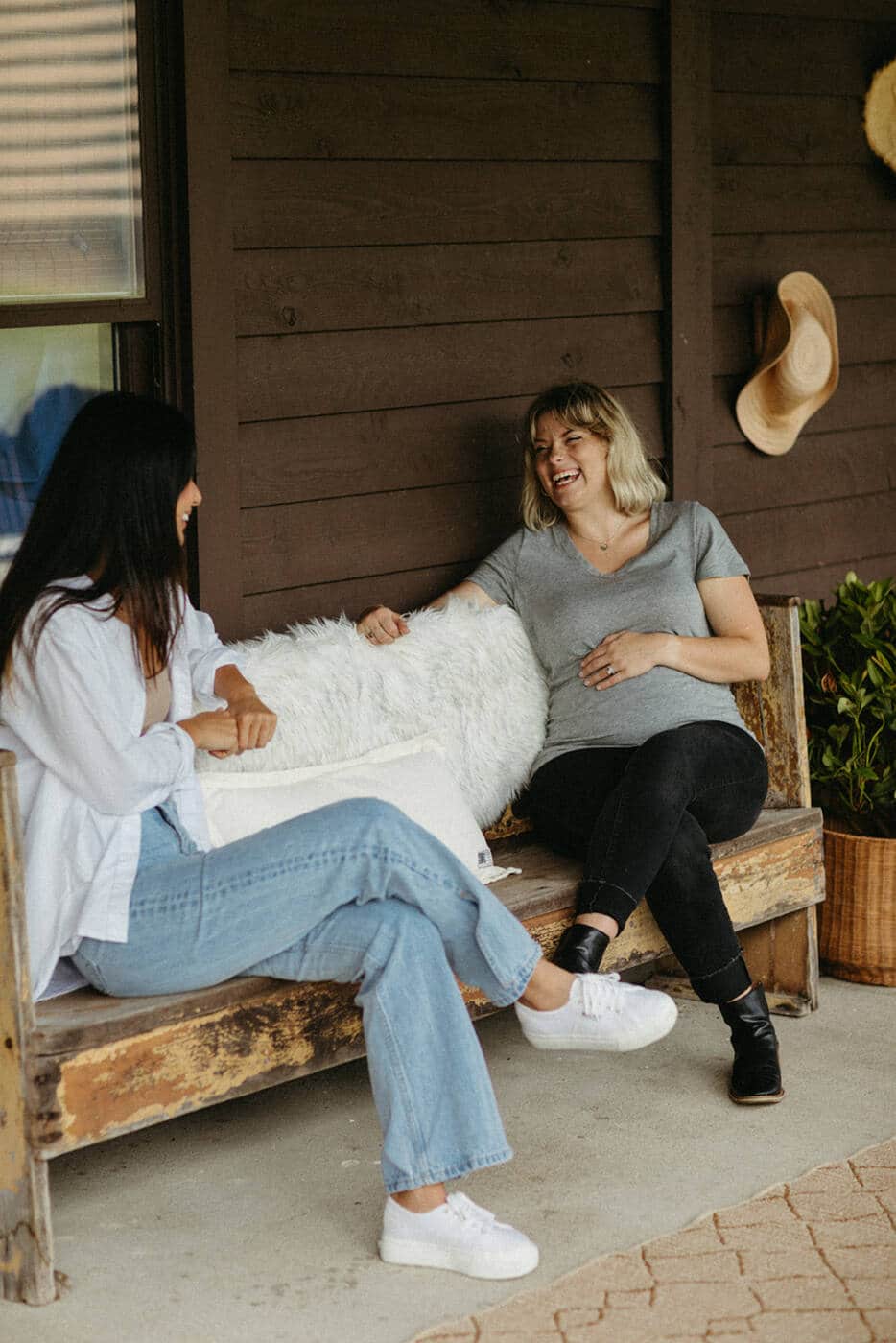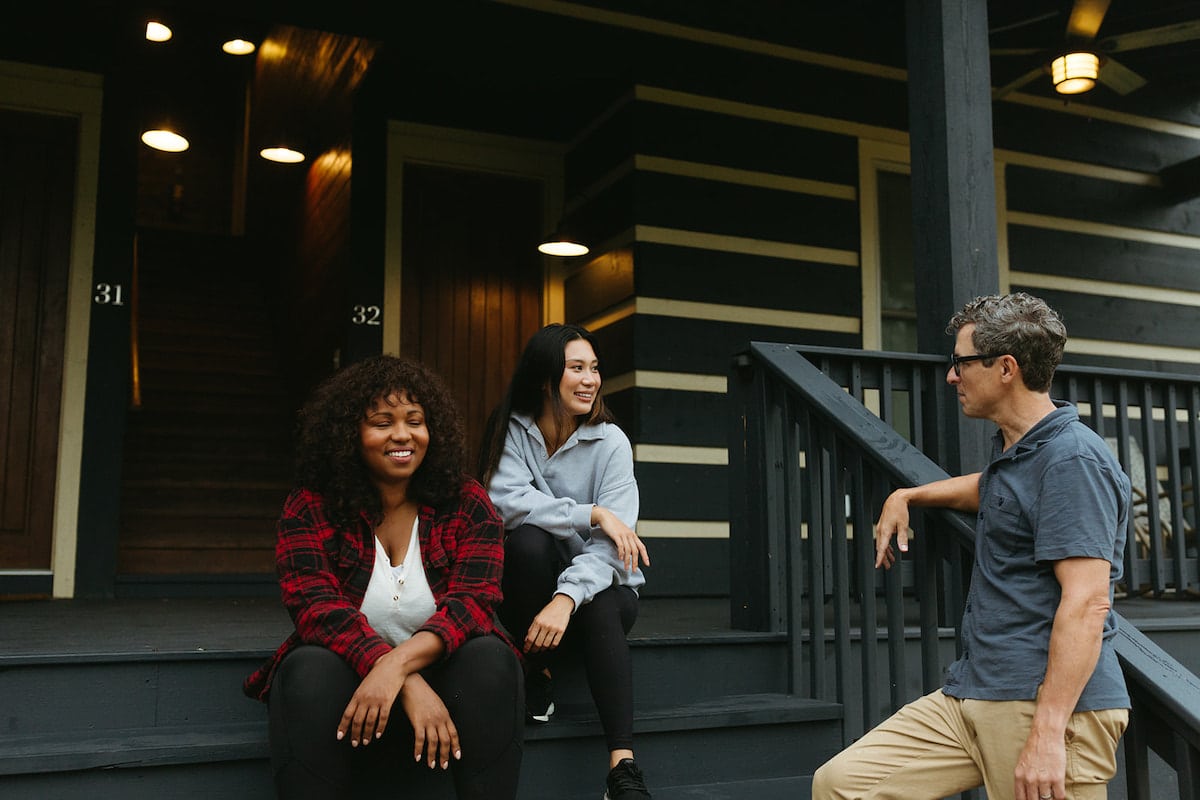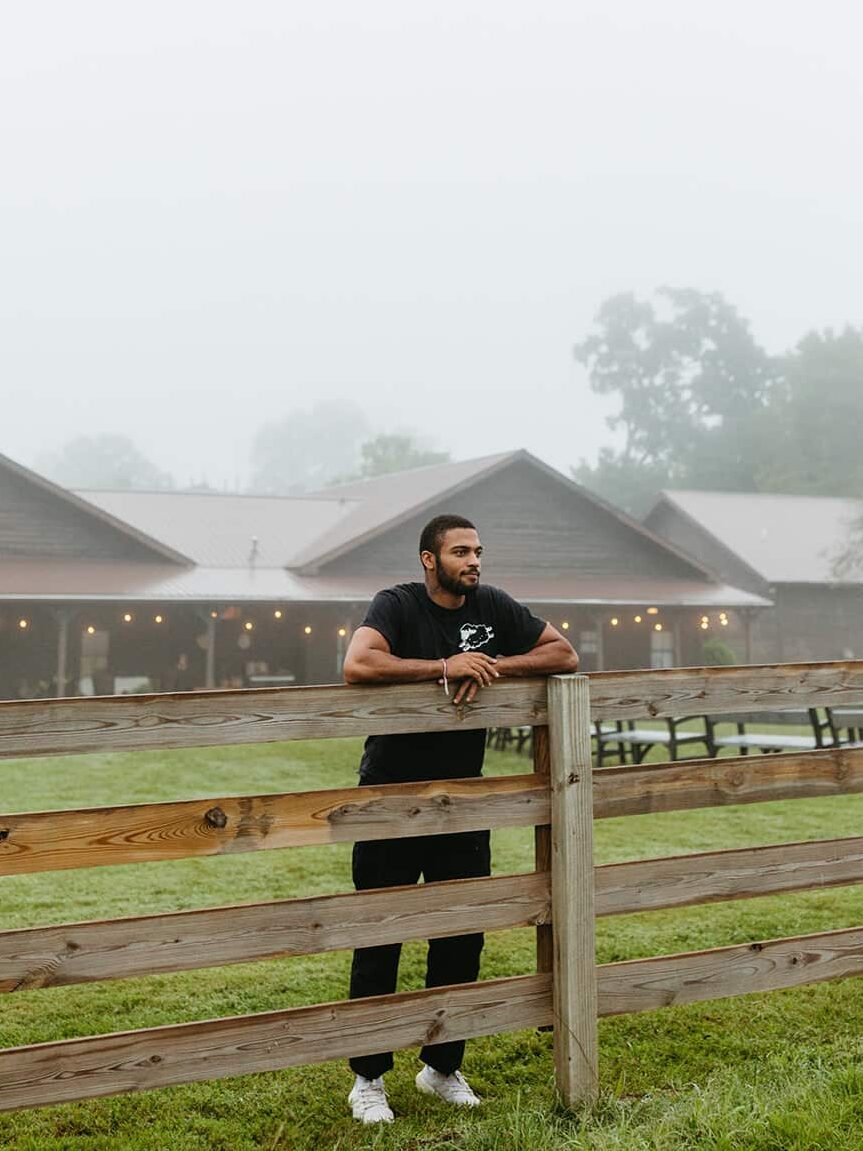Conscious Coupling
By Kristine Jackson, LCSW
Excerpt from The Onsite Journal Volume II
Conscious Coupling
6 Strategies for Thriving Partnerships
Recently my husband informed me that he had finally figured out what tattoo he wanted. “I think I’ll get that saying we said for our vows.”
I responded with a blank expression. He said, “You don’t remember.”
I tried to tell him I remember having said many things but was not exactly sure which part of our commitments he was now feeling inclined to tattoo on his body permanently. Forever.
I believe most of us want a relationship as permanent as my husband’s tattoo, and we assume that’s only achieved by staying with the same person.
But the healthiest relationships exist between people who don’t stay the same.
Psychotherapist Esther Perel says, “In the West today, most people are going to have two or three marriages or two or three committed relationships in their adult life. It’s just that some of us are going to do it with the same person.”
The person I am married to today is a far better partner than the man I walked up the aisle to meet a decade ago, and I am so grateful that he happens to be the same person. Yet, simultaneously, I am a far better partner than the partner I was then, while still being me.
While we do not have it all figured out, we are committed to growth, evolution, and continually seeing and accepting the changes, individual and collective, that come with our most intimate relationships. I believe these are essential elements to safeguarding our relationships against complacency and creating a lasting partnership—one that makes room for us to show up as our growing, evolving, authentic selves.
It’s easy to hide in talk therapy.
Expand your understanding of intimacy
When we hear the word “intimacy,” most of us think of sex.
Intimacy has many dimensions. Meaning that intimacy is multifaceted and can be expressed through the way we interact with and intentionally see our partner through various lenses: physical, emotional, spiritual, mental, intellectual, experiential, and even playful.
Practically, expanding our understanding of intimacy starts with making the routine into ritual, using intentionality to create meaning out of our normal daily activities. One way to practically expand our understanding of intimacy is to take the mundane and make it meaningful.
After a long day at work, I often want to connect with my partner but it is so easy to get sucked into the ho-hum of routine. Lately, I’ve been trying to be more intentional about introducing intimacy by turning on some music, taking part in what the Gottman Institute calls a “six-second kiss of potential,” and protecting twenty minutes of edifying conversation.
Love them for who they are, not who you want them to be
In my early dating life, I specialized in finding “diamonds in the rough.” Perhaps this is a great way to buy property, but it’s a terrible strategy for choosing a partner. We all deserve to be loved for who we are, not who someone else wants us to be.
When I met my partner, I assumed that I would teach him a thing or two and realized I had much to learn from him.
This mutuality allowed for a more equitable partnership. I learned the importance of embracing and acknowledging my partner’s unique and beautiful parts and, in turn, embracing and communicating appreciation. I value him for who he is rather than who I thought he could be. It turns out his blueprint was already grander than my designs.
Choose curiosity not judgment
As I changed the lens on how I began to see my partner, I also learned to reframe moments of frustration and conflict. When I find myself wanting to lean into judging his actions or reactions, I can choose to get curious about why I’m bothered.
At Onsite, we often say, “whatever is hysterical is historical.” In other words, when I have a more significant reaction than the situation calls for, my response probably has more to do with a past hurt than the current scenario. So when I judge the way he loads the dishwasher, it might actually not be about the dishwasher at all.
Every intimate relationship opens us up to hurt in the places we have been wounded before. When I notice my reactions seem outsized, instead of making it about my partner, I can lean into the invitation to look beyond this moment and get curious. What is this bringing up for me? When have I felt this way before? Is this harkening back to a time where I’ve experienced abandonment or inadequacy?
When I can get clear about what I actually need by connecting with myself and my past, then I can ask for what I need, rather than just feeling needy. I can approach the situation with generosity and collaboration.
Make small things matter
Small acts can also lead to big love. We can love each other in simple actions, words, and deeds. Gratitude texts in the middle of the day can mean as much as the surprise bouquet of flowers.
Love also looks different in different seasons and stages of life. In a season where I drive long distances for work, I feel loved when my husband makes sure that I have gas in my car. Perhaps that doesn’t seem overly romantic to you, but long-lasting relationships involve variety and evolution in the ways we show up for our partners.
Prioritize your own health
Two whole people exist within every relationship.
It’s tempting to shift all of our energy and focus in our relationships to caring for the other person’s needs and the needs of our part- nership—often at the expense and neglect of our own mental and emotional health.
The healthiest relationships exist between two people committed to caring for themselves alongside the health of the partnership. It is not selfish to care for yourself, but rather the most selfless thing you can do.
The greatest gift we can give our partners is the healthiest version of ourselves.
Exercise your choice
Healthy space and autonomy invite us into greater intimacy and choice. Every day we are invited into choosing the other person.
Ram Dass said people are in our lives for a reason, season, or lifetime, but what if there are changing reasons and seasons within that lifetime? We get to choose (and choose continually) through the changing seasons so that it can be a lifetime. A lifetime of standing united, reflective of the best of each other rather than protective of the shadow. A lifetime where love can reign.
Here’s a portion of the vows my husband was referring to:
You are two bodies,
But there is one life before you. Go now to your dwelling place,
To enter into the days of your togetherness. And may your days be good
And Long upon the earth.
— AP A CHE WEDDING PRAYER
It feels like a big tattoo, but it’s an even bigger definition of love to be called into. (I hope he decides to pick a favorite line.)
Kristine Jackson, LCSW, CEDS, CET-II is an Associate Clinical Director at Onsite providing oversight and leadership to Onsite programming and therapists. Kristine has been working in the field for over two decades, serving as a clinical director of mental health, addictions, and eating disorder programs. As a lifelong learner, Kristine is certified in several modalities including Play Therapy, Cognitive Behavioral Therapy, Brief Strategic Family Therapy, Motivational Interviewing, and Experiential Therapy. Kristine leads programs on relationships, attachment, and personal growth.
For more articles from our clinical team, descriptions of Onsite’s robust digital and in-person experiences, recipes from the Onsite Kitchen, and powerful stories from Onsite Alumni, get a copy of the newly released annual Onsite Journal.


